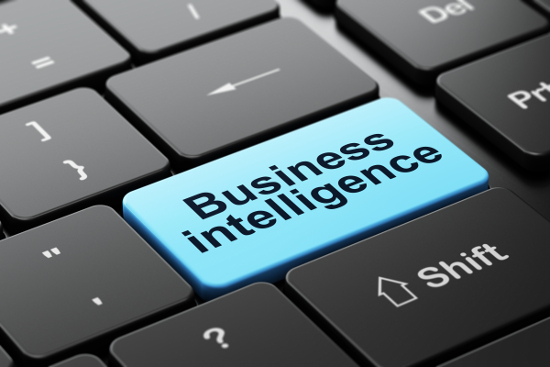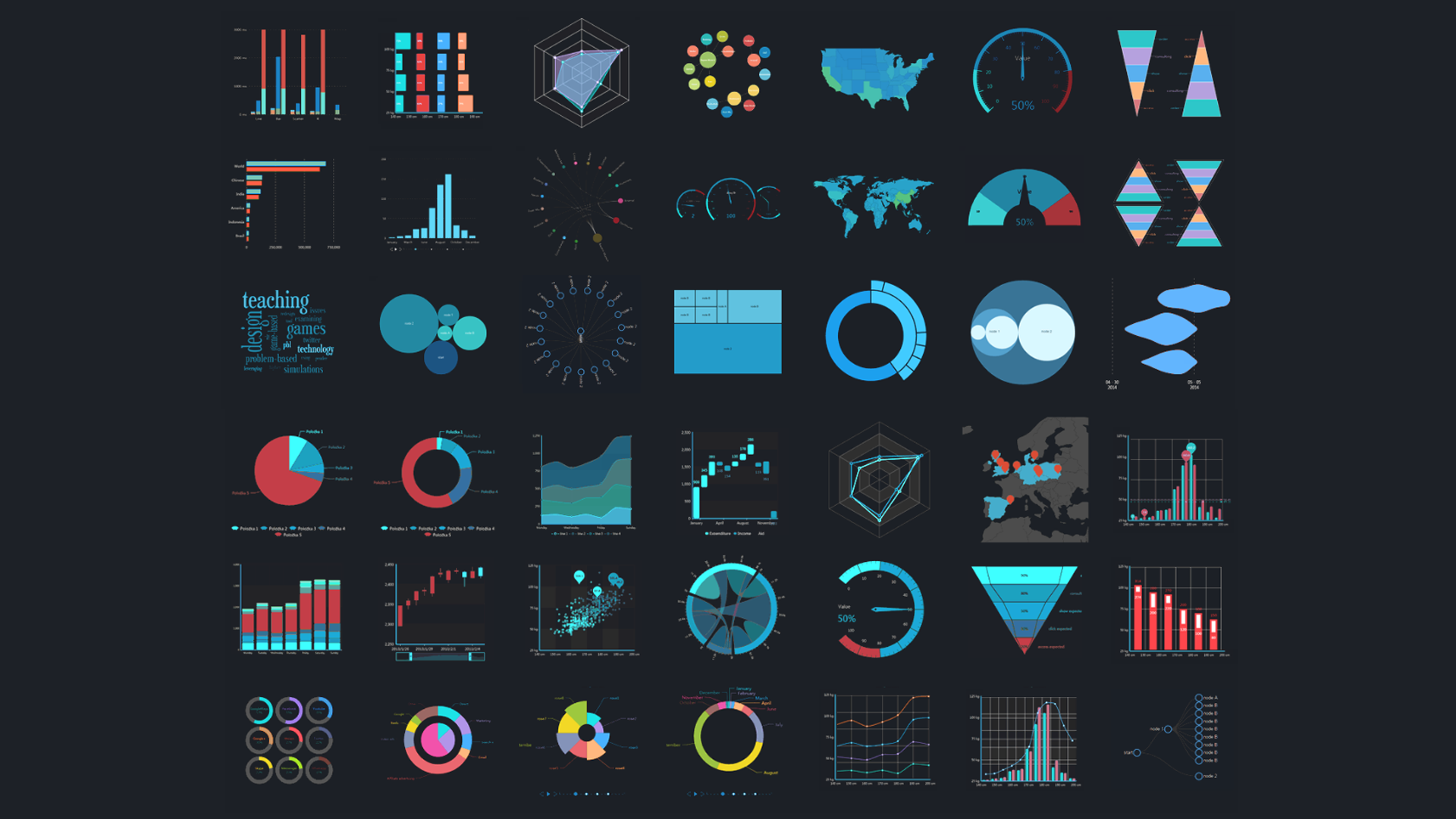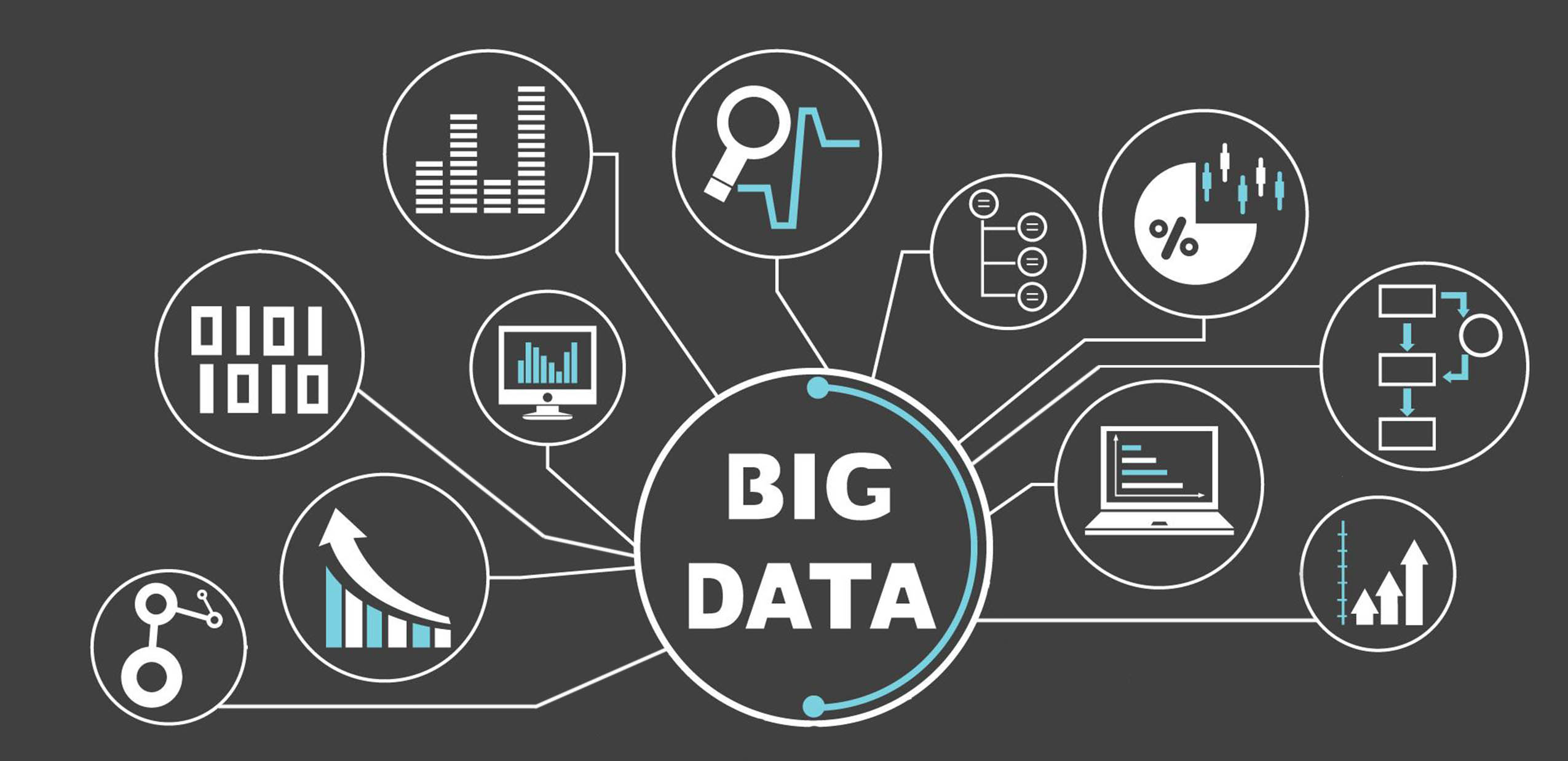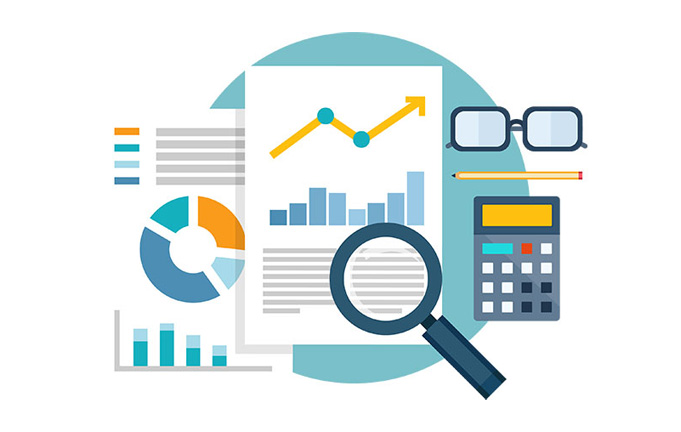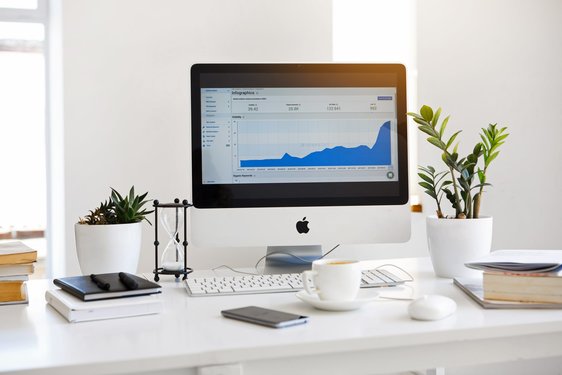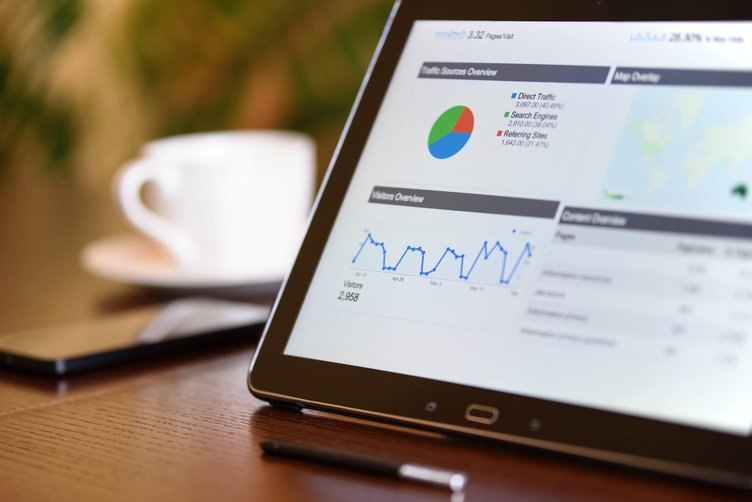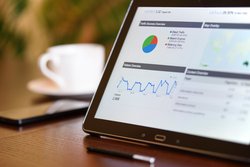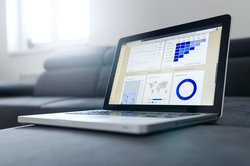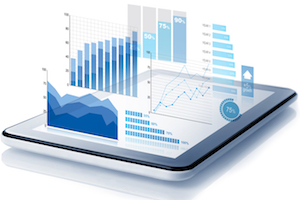1. What is reporting software?
Reporting software gives business managers and other users the ability to generate reports from a number of disparate data sources, in real-time. This can be used to generate financial statements, highlight the performance of current and past sales strategies, monitor compliance with legal requirements, oversee internal performance controls, and carry out security audits.
2. The benefits of reporting software
Tracking business performance: Reporting software gives a live, real-time overview of a wide range of performance metrics, harvested simultaneously from a number of departments within a business, including human resources, finance, and sales. Metrics from these sources can be compared easily thanks to graphical displays, highlighting any problem areas quickly.
Interactive visualization: Powerful graphic software allows users to create and present a wide range of visual representations; these include heat maps, Sankey diagrams, donut charts, and correlation matrices. Managers can decide what best fits their target audience, and devise presentations to match. Data is extracted live via reporting software to ensure total accuracy. Advanced reporting packages have the option to add video and animation as well as more traditional charts and infographics.
Improving management productivity: Reporting software keeps managers informed of real-time performance indicators, often via live dashboards which display pre-set metrics. This ensures that only up to date, accurate data is used to assess current and long term performance across business areas. This saves management hours by avoiding repetitive tasks.
3. Typical reporting software features
Ad hoc reporting: Customizable reports can be designed to target specific audiences and harvest only relevant data.
Data visualization: Create meaningful graphic visualizations to present process data.
Customizable dashboards: Design and manage the layout of dashboards to ensure they keep displaying only relevant information.
Exporting capabilities: Allows the export of information in various formats (e.g. PDFs, CSVs) and integration with third-party software.
4. The cost of reporting software
Reporting software is marketed on a per user, per month basis, and prices are based on a three-tier system of starting price:
Price ranges*:
$8 - $10
$10 - $42
$42+
*These prices refer to entry-level, lowest priced products based on figures from vendor websites gathered on 5 December 2018. The ranges refer to the 25th, 75th, and 100th percentiles of price relating to sample products.
These price ranges refer to the base plans of reporting software products. Enterprise and premium versions of most products are also available, which include extra features like predictive analytics, trend indication, automated reporting, forecasting, data integration, and benchmarking.
5. Considerations when buying reporting software
Price and value: Reporting software products are not always easy to compare like for like, as vendors offer different levels and types of service, which translates to pricing models. Also, prices can be for subscription rates or one-off licensing fees, depending on the vendor. One-off fees are usually charged for features such as real-time analytics, security and compliance, training, and customer support; these are often not included in subscription rates. Careful research should be carried out into useful comparisons, so that money is not wasted on unnecessary functionality or hidden fees charged after purchase.
Integration with third-party products: Reporting software should be easily transferable and integrate with external and internal systems to be of maximum use. Key features like data summaries, dashboards, and visualization tools all require data collected from other platforms, particularly customer relationship management (CRM) products, enterprise resource planning (ERP), and other business intelligence (BI) platforms. Investing in reporting software should be based on easy and efficient integration with all of these relevant products.
6. Relevant trends
Increasing use of chatbots: The very nature of reporting software means that its future will include the use of conversational programs, and especially chatbots. This interactive functionality will help managers and users fine-tune any reporting, to keep reports fresh and relevant. It is reported that as much as 70% of small to medium-sized enterprises (SMEs) have plans to integrate chatbots in their operations in the coming months and years. Chatbots are especially useful as they allow the asking of follow up questions to original queries and provide quick access to FAQs, demonstration videos, and blogs.
Artificial intelligence and machine learning: Algorithms used in AI or machine learning are becoming ever more widespread in any industry which relies on IT systems to create efficiencies in their business models. It is thought that at least half of all SMEs would like to have predictive reporting functionality to keep their businesses competitive, and are looking for ways to integrate this via reporting software. Products with AI capabilities give users the edge in spotting coming trends, what is likely to be a successful marketing strategy and what is not. Machine learning also helps managers stay ahead of any problems, in order to take pre-emptive action.



